Home>Home Appliances>Kitchen Appliances>How To Clean Glass Stovetop
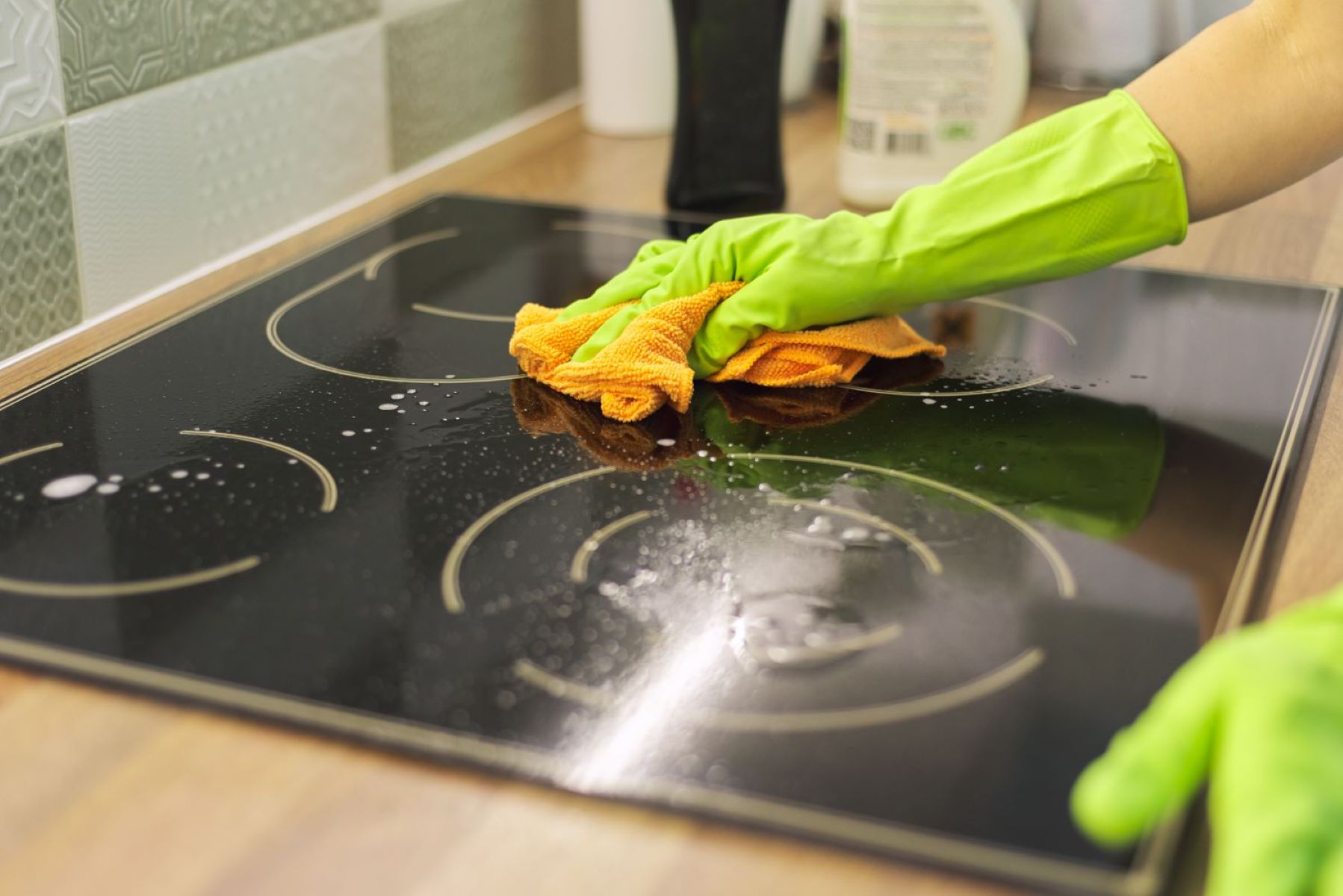

Kitchen Appliances
How To Clean Glass Stovetop
Modified: October 20, 2024
Learn how to effectively clean your glass stovetop and keep your kitchen appliances looking sparkling clean. Follow our expert tips for a spotless stovetop!
(Many of the links in this article redirect to a specific reviewed product. Your purchase of these products through affiliate links helps to generate commission for Storables.com, at no extra cost. Learn more)
Introduction
Cleaning a glass stovetop is an essential task to maintain the pristine appearance and functionality of your kitchen. Over time, spills, splatters, and grease can accumulate on the surface, detracting from the stovetop's sleek and elegant look. However, with the right materials and techniques, restoring your glass stovetop to its original brilliance can be a straightforward and rewarding endeavor.
A clean glass stovetop not only enhances the aesthetic appeal of your kitchen but also contributes to a hygienic cooking environment. Whether you are a seasoned home chef or an occasional cook, a sparkling stovetop sets the stage for enjoyable culinary experiences. Additionally, regular cleaning prolongs the lifespan of your appliance, ensuring that it continues to function optimally for years to come.
In this comprehensive guide, we will walk you through the step-by-step process of effectively cleaning a glass stovetop. From gathering the necessary materials to implementing proven cleaning methods, you will gain valuable insights into maintaining a spotless and gleaming stovetop. By following these instructions, you can achieve professional-quality results without the need for expensive or specialized cleaning services.
Embark on this cleaning journey with confidence, knowing that a radiant glass stovetop awaits at the end of your efforts. With a little time and attention, you can transform a dull, stained surface into a captivating focal point in your kitchen. Let's dive into the materials needed and the systematic approach to rejuvenating your glass stovetop, ensuring that it remains a source of pride and functionality in your culinary space.
Key Takeaways:
- Cleaning your glass stovetop not only makes it look great, but also creates a healthier cooking environment. With simple materials and steps, you can achieve professional-quality results and prolong the lifespan of your appliance.
- By following the step-by-step process, you can transform a dull, stained stovetop into a captivating focal point in your kitchen. Regular cleaning ensures your stovetop remains a source of pride and functionality for years to come.
Read more: How To Replace Glass Stovetop
Materials Needed
To embark on the journey of restoring your glass stovetop to its former glory, you will need a few essential materials. These items are readily available and will equip you to tackle the cleaning process with confidence and efficiency. Here's a comprehensive list of the materials needed:
-
Soft Cleaning Cloth or Microfiber Towel: These gentle yet effective cloths are ideal for wiping down the stovetop without scratching the glass surface. The soft texture ensures that the stovetop is thoroughly cleaned without leaving behind lint or streaks.
-
Mild Dish Soap: A gentle dish soap serves as the foundation for creating a powerful cleaning solution. Look for a mild formula that is tough on grease and grime but safe for use on glass surfaces.
-
White Vinegar: This versatile household staple is a key ingredient in creating a DIY cleaning solution that effectively cuts through tough stains and grease on the stovetop.
-
Baking Soda: Known for its natural cleaning properties, baking soda is a non-abrasive yet potent ingredient that aids in removing stubborn stains and residue from the glass surface.
-
Razor Blade Scraper: A razor blade scraper designed for glass stovetops is a valuable tool for gently removing hardened spills and residue without causing damage to the surface.
-
Cooktop Cleaner: Invest in a specialized cooktop cleaner specifically formulated for glass stovetops. This cleaner is designed to dissolve tough, baked-on stains and maintain the pristine appearance of the glass surface.
-
Soft Bristle Brush or Non-Scratch Pad: A soft bristle brush or non-scratch pad is essential for gently scrubbing the stovetop without causing scratches or abrasions. This tool aids in loosening and removing stubborn residue.
-
Rubbing Alcohol: This multipurpose cleaning agent is effective for tackling greasy spots and streaks on the stovetop, leaving behind a sparkling, streak-free finish.
By assembling these materials, you will be well-prepared to tackle the cleaning process with precision and care. Each item plays a crucial role in ensuring that your glass stovetop is thoroughly cleaned and restored to its original luster. With these materials at your disposal, you are ready to embark on the journey of transforming your stovetop into a gleaming focal point in your kitchen.
Step 1: Remove Grates and Burners
Before embarking on the cleaning process, it is essential to prepare the stovetop by removing the grates and burners. This initial step allows for unobstructed access to the glass surface, enabling thorough cleaning and maintenance. Here's a detailed guide on how to effectively remove the grates and burners from your glass stovetop:
-
Allow the Stovetop to Cool: Safety is paramount when handling kitchen appliances. Before proceeding, ensure that the stovetop has cooled down completely. Attempting to remove grates and burners from a hot surface can pose a risk of burns or injuries.
-
Lift and Remove the Grates: Carefully lift the grates from the stovetop surface. These may be positioned above the burners and are typically designed for easy removal. Gently lift each grate, taking care to avoid any sudden movements that could cause damage.
-
Detach the Burners: Depending on the stovetop model, the burners may be secured in place with clips or screws. Follow the manufacturer's instructions to detach the burners from their respective positions. This step may involve unscrewing or releasing clips to free the burners from the stovetop.
-
Set Aside for Cleaning: Once the grates and burners have been removed, place them in a safe and accessible area for cleaning. This may involve soaking them in a cleaning solution or using specialized tools to remove any accumulated residue.
By meticulously following these steps, you can effectively remove the grates and burners from your glass stovetop, setting the stage for a thorough cleaning process. This preparatory step ensures that the stovetop surface is fully exposed, allowing for comprehensive cleaning and maintenance to restore its pristine condition. With the grates and burners safely removed, you are ready to proceed to the next phase of the cleaning process, armed with the knowledge that your stovetop is primed for a rejuvenating transformation.
Step 2: Wipe Down the Stovetop
With the grates and burners removed, the glass stovetop is now ready for a meticulous cleaning process. Wiping down the stovetop is a crucial step that sets the foundation for removing surface debris, spills, and grease, preparing the glass surface for deeper cleaning. This step not only enhances the visual appeal of the stovetop but also ensures that subsequent cleaning methods can effectively target stubborn stains and residue.
To begin, equip yourself with a soft cleaning cloth or microfiber towel. These gentle yet effective materials are designed to wipe down the stovetop without causing scratches or streaks, preserving the pristine appearance of the glass surface. Before proceeding, ensure that the cloth is clean and free from any abrasive particles that could potentially damage the stovetop.
Start by gently wiping the entire stovetop surface with the cloth, focusing on removing loose debris, food particles, and surface-level grime. Employ light pressure and smooth, sweeping motions to cover the entire glass surface, paying special attention to areas where spills and residue are most prevalent. By systematically wiping down the stovetop, you can effectively prepare the surface for the subsequent cleaning steps, ensuring that the cleaning solutions and tools can target ingrained stains and tough residue.
As you wipe down the stovetop, take note of any areas that require additional attention. Stubborn spills, dried-on food particles, and greasy spots may necessitate targeted cleaning methods, which will be addressed in the following steps. By conducting a thorough wipe-down, you can assess the condition of the stovetop and identify areas that require focused cleaning efforts.
This initial step sets the stage for a comprehensive cleaning process, laying the groundwork for restoring the glass stovetop to its original brilliance. With the surface wiped down and prepared for deeper cleaning, you are now ready to proceed to the next phase of the cleaning process, armed with the knowledge that your glass stovetop is primed for a transformative rejuvenation.
Use a mixture of equal parts water and white vinegar to spray onto the stovetop. Let it sit for a few minutes, then wipe with a soft cloth or sponge. For tough stains, sprinkle baking soda on the stovetop before spraying with the vinegar mixture.
Step 3: Apply Cleaning Solution
After wiping down the stovetop to remove surface debris and grime, the next crucial step in the cleaning process involves the application of a potent cleaning solution. This solution is designed to penetrate tough stains, dissolve grease, and restore the luster of the glass surface. By harnessing the cleaning power of common household ingredients, you can create a DIY cleaning solution that effectively revitalizes your glass stovetop.
To begin, prepare a cleaning solution by combining mild dish soap and white vinegar. In a clean spray bottle, mix equal parts of dish soap and white vinegar, ensuring a thorough blend of the two ingredients. This dynamic combination harnesses the grease-cutting properties of dish soap and the acidic cleaning power of white vinegar, creating a formidable solution for tackling stubborn stains and residue on the stovetop.
Once the cleaning solution is prepared, generously spray it onto the glass stovetop, ensuring comprehensive coverage of the entire surface. The solution should be allowed to sit and dwell on the stovetop for a few minutes, enabling it to effectively break down grease and grime. This dwell time is essential for maximizing the cleaning solution's efficacy, allowing it to penetrate and loosen stubborn residue for effortless removal.
As the cleaning solution works its magic, you may notice the gradual dissolution of tough stains and the emulsification of greasy spots. This visual transformation is a testament to the cleaning solution's effectiveness, signaling the impending restoration of your glass stovetop's pristine appearance. The combined action of dish soap and white vinegar serves as a formidable cleaning force, ensuring that even the most stubborn stains yield to its potent cleaning prowess.
By applying the cleaning solution and allowing it to dwell on the stovetop, you are setting the stage for the subsequent step of scrubbing and removing stains. The cleaning solution acts as a catalyst for loosening tough residue, preparing the glass surface for targeted cleaning methods. With the cleaning solution effectively deployed, you are now ready to proceed to the next phase of the cleaning process, poised to tackle stubborn stains and restore the brilliance of your glass stovetop.
Step 4: Scrub and Remove Stains
With the cleaning solution effectively applied and allowed to dwell on the stovetop, the next pivotal step involves scrubbing and removing stubborn stains and residue from the glass surface. This phase of the cleaning process harnesses the combined power of gentle abrasives and targeted scrubbing techniques to dislodge tough stains and restore the stovetop's pristine appearance.
To initiate this step, equip yourself with a soft bristle brush or a non-scratch pad, ensuring that the chosen tool is gentle enough to avoid causing scratches or abrasions on the glass surface. These specialized cleaning implements are designed to effectively loosen and remove stubborn residue without compromising the integrity of the stovetop.
Begin by focusing on areas where spills, dried-on food particles, and tough stains are prevalent. With gentle yet deliberate motions, use the soft bristle brush or non-scratch pad to scrub the stovetop, targeting specific areas that require additional attention. Employing a circular or back-and-forth motion, concentrate on dislodging the stubborn residue, taking care to avoid applying excessive pressure that could potentially damage the glass surface.
As you scrub the stovetop, you may notice the gradual disappearance of tough stains and the loosening of dried-on food particles. The combined action of the cleaning solution and the gentle abrasives effectively prepares the residue for effortless removal, ensuring that the glass surface is restored to its original brilliance.
For particularly stubborn or hardened spills, a razor blade scraper designed for glass stovetops can be utilized with caution. When using the scraper, ensure that it is held at a shallow angle to the stovetop, gently maneuvering it to lift and remove the hardened residue. Exercise caution and precision to avoid scratching the glass surface, utilizing the scraper as a targeted tool for addressing specific areas of concern.
By systematically scrubbing and removing stains from the stovetop, you are actively restoring its pristine appearance and ensuring that tough residue yields to your meticulous efforts. This phase of the cleaning process sets the stage for the final step of wiping and drying the stovetop, ensuring that it emerges as a gleaming focal point in your kitchen.
With the stains effectively scrubbed and removed, you are now ready to proceed to the concluding phase of the cleaning process, poised to elevate the glass stovetop to its former glory.
Step 5: Wipe and Dry the Stovetop
After successfully scrubbing and removing stubborn stains and residue from the glass stovetop, the final step involves meticulously wiping and drying the surface to reveal its radiant and pristine appearance. This critical phase ensures that the stovetop emerges as a gleaming focal point in your kitchen, free from streaks, water spots, and residual cleaning solution.
To commence this step, retrieve a fresh soft cleaning cloth or microfiber towel. These gentle yet effective materials are ideal for wiping down the stovetop without leaving behind lint, streaks, or scratches. Before proceeding, ensure that the cloth is clean and free from any abrasive particles that could potentially mar the glass surface.
With deliberate and methodical motions, gently wipe the entire stovetop surface, ensuring thorough coverage and meticulous attention to detail. This systematic approach guarantees that any remaining residue, cleaning solution, or moisture is effectively removed, leaving behind a sparkling and streak-free finish.
As you proceed with the wiping process, take note of any areas that may require additional attention. By conducting a comprehensive assessment of the stovetop, you can address any lingering spots or streaks, ensuring that the surface is flawlessly clean and visually captivating.
Following the thorough wiping of the stovetop, the next crucial step involves drying the surface to eliminate any residual moisture and prevent the formation of water spots. Utilize a separate dry section of the cleaning cloth or a fresh microfiber towel to gently dry the stovetop, ensuring that no moisture is left behind.
As the stovetop is meticulously dried, revel in the transformative results of your cleaning efforts. The glass surface will radiate with a captivating brilliance, reflecting the meticulous care and attention dedicated to its restoration.
With the stovetop now impeccably wiped and dried, take a moment to admire the stunning transformation. The once-dull surface has been rejuvenated into a captivating focal point in your kitchen, exuding a pristine allure that enhances the overall aesthetic of the space.
By diligently following each step of the cleaning process, you have successfully revitalized your glass stovetop, ensuring that it remains a source of pride and functionality in your culinary domain. With the stovetop now gleaming and free from blemishes, you can confidently embark on your culinary endeavors, knowing that a spotless and radiant surface awaits your culinary creations.
Conclusion
In conclusion, the process of cleaning a glass stovetop is a transformative journey that culminates in the restoration of a gleaming and pristine kitchen appliance. By following the systematic steps outlined in this comprehensive guide, you have embarked on a rewarding endeavor that yields professional-quality results without the need for specialized cleaning services. From the initial preparation of removing grates and burners to the meticulous wiping, application of a potent cleaning solution, targeted scrubbing, and final wiping and drying, each phase of the cleaning process has contributed to the rejuvenation of your glass stovetop.
As you stand back and admire the captivating brilliance of your stovetop, you can take pride in the meticulous care and attention dedicated to its maintenance. A clean glass stovetop not only enhances the visual appeal of your kitchen but also contributes to a hygienic cooking environment. The removal of stubborn stains, grease, and residue ensures that your stovetop remains a captivating focal point, reflecting the dedication to culinary excellence and cleanliness.
Furthermore, the maintenance of a spotless glass stovetop prolongs the lifespan of the appliance, ensuring that it continues to function optimally for years to come. By investing time and effort in regular cleaning and maintenance, you are preserving the functionality and aesthetic allure of your kitchen, creating an inviting space for culinary creativity and gastronomic adventures.
As you embark on your culinary endeavors, the radiant and pristine glass stovetop sets the stage for enjoyable cooking experiences, reflecting the care and attention dedicated to your culinary domain. With a sparkling and hygienic surface at your disposal, you can confidently unleash your culinary prowess, knowing that your glass stovetop stands as a testament to your commitment to cleanliness and excellence.
In essence, the journey of cleaning a glass stovetop transcends the realm of maintenance and care, evolving into a transformative process that elevates the aesthetic appeal and functionality of your kitchen. By embracing the principles of cleanliness and meticulous maintenance, you have ensured that your glass stovetop remains a source of pride and functionality, enriching your culinary space with its captivating allure.
Frequently Asked Questions about How To Clean Glass Stovetop
Was this page helpful?
At Storables.com, we guarantee accurate and reliable information. Our content, validated by Expert Board Contributors, is crafted following stringent Editorial Policies. We're committed to providing you with well-researched, expert-backed insights for all your informational needs.
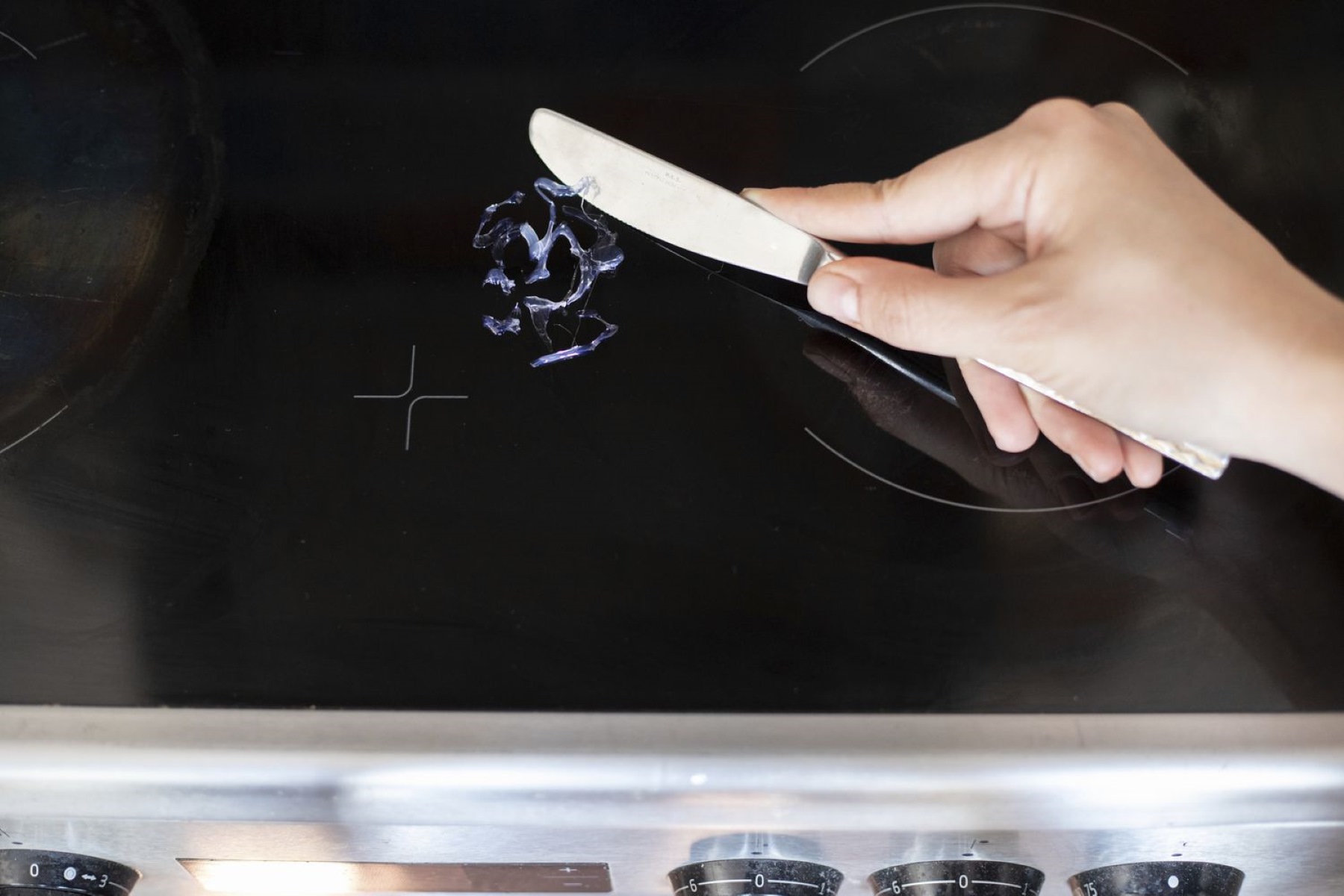
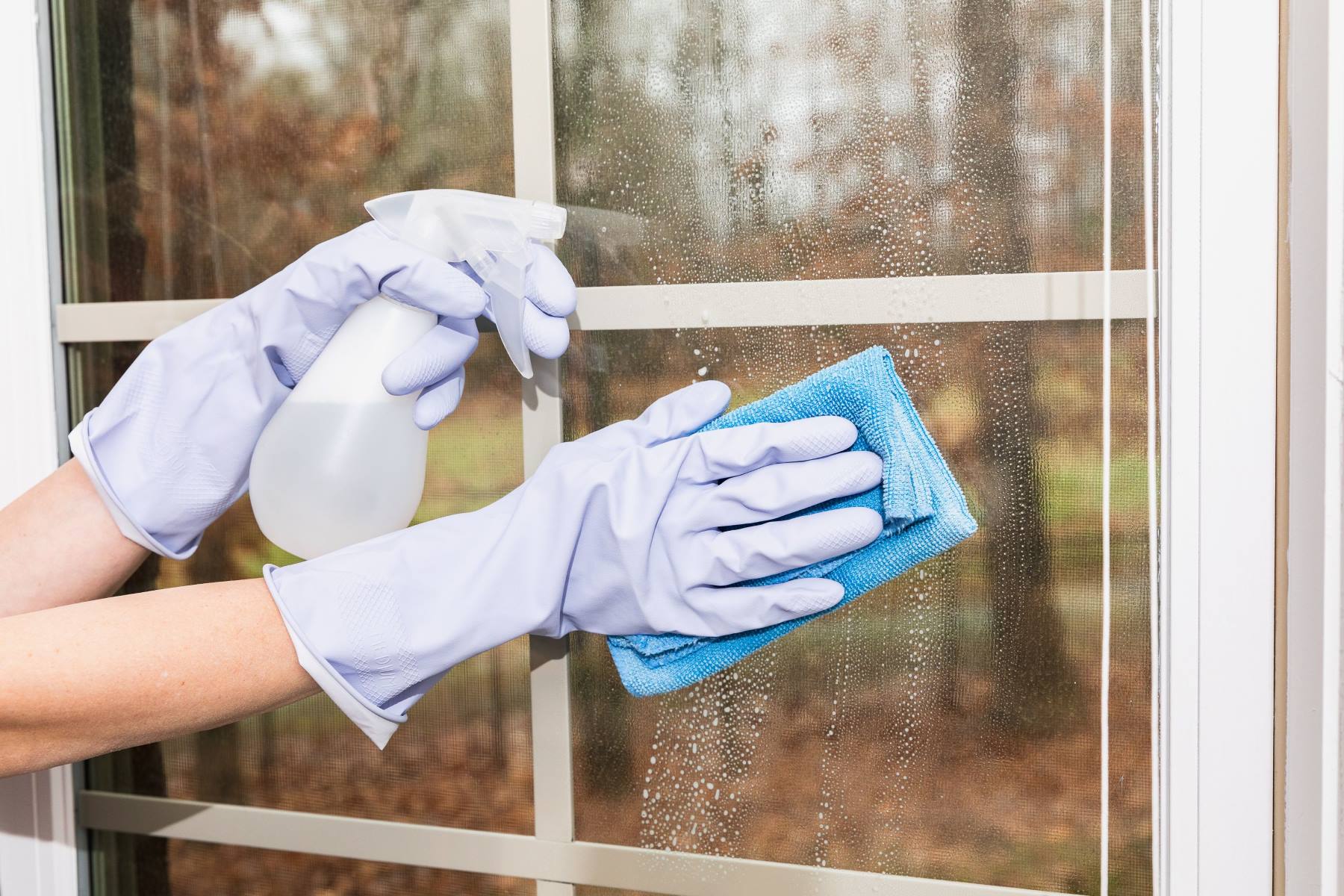
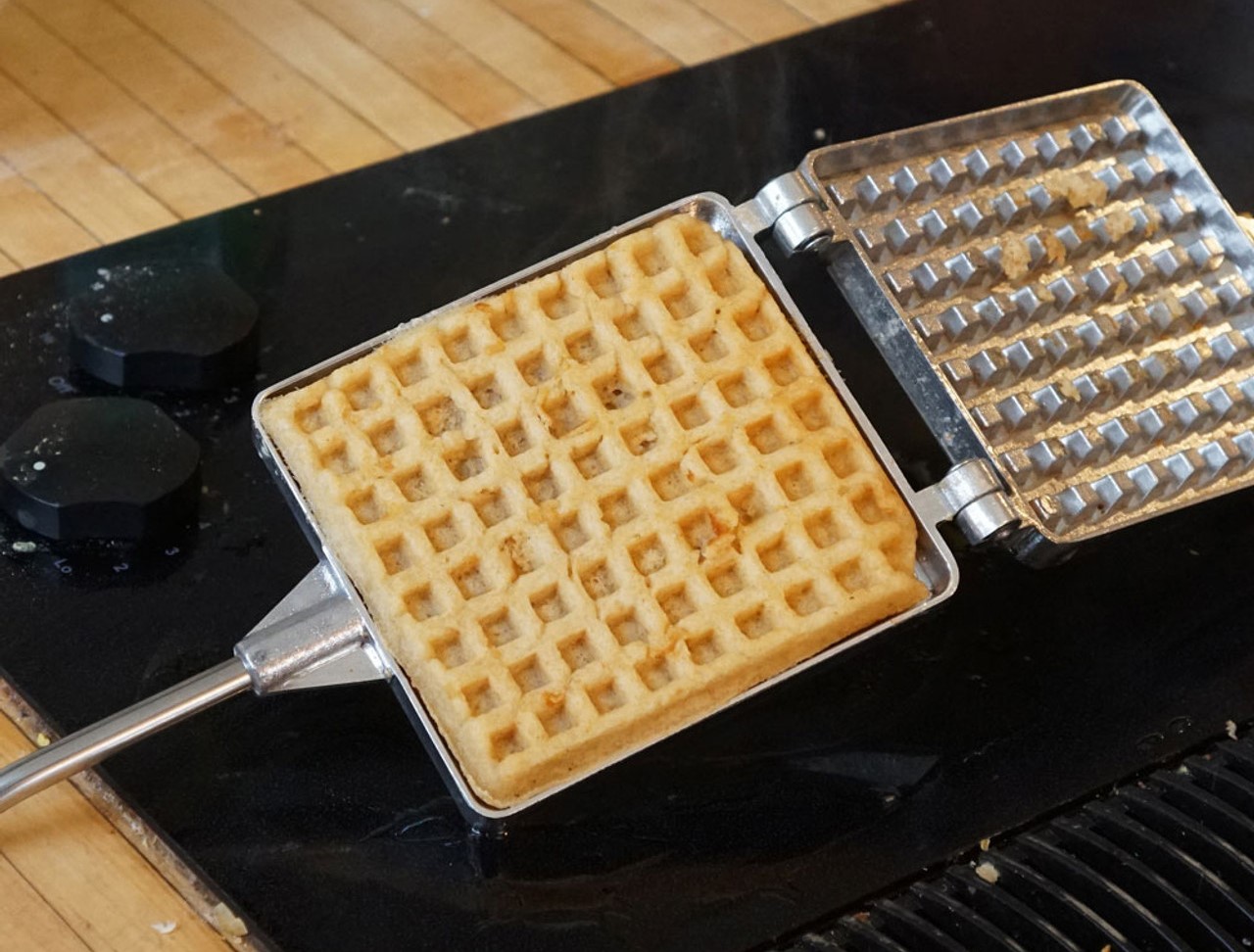
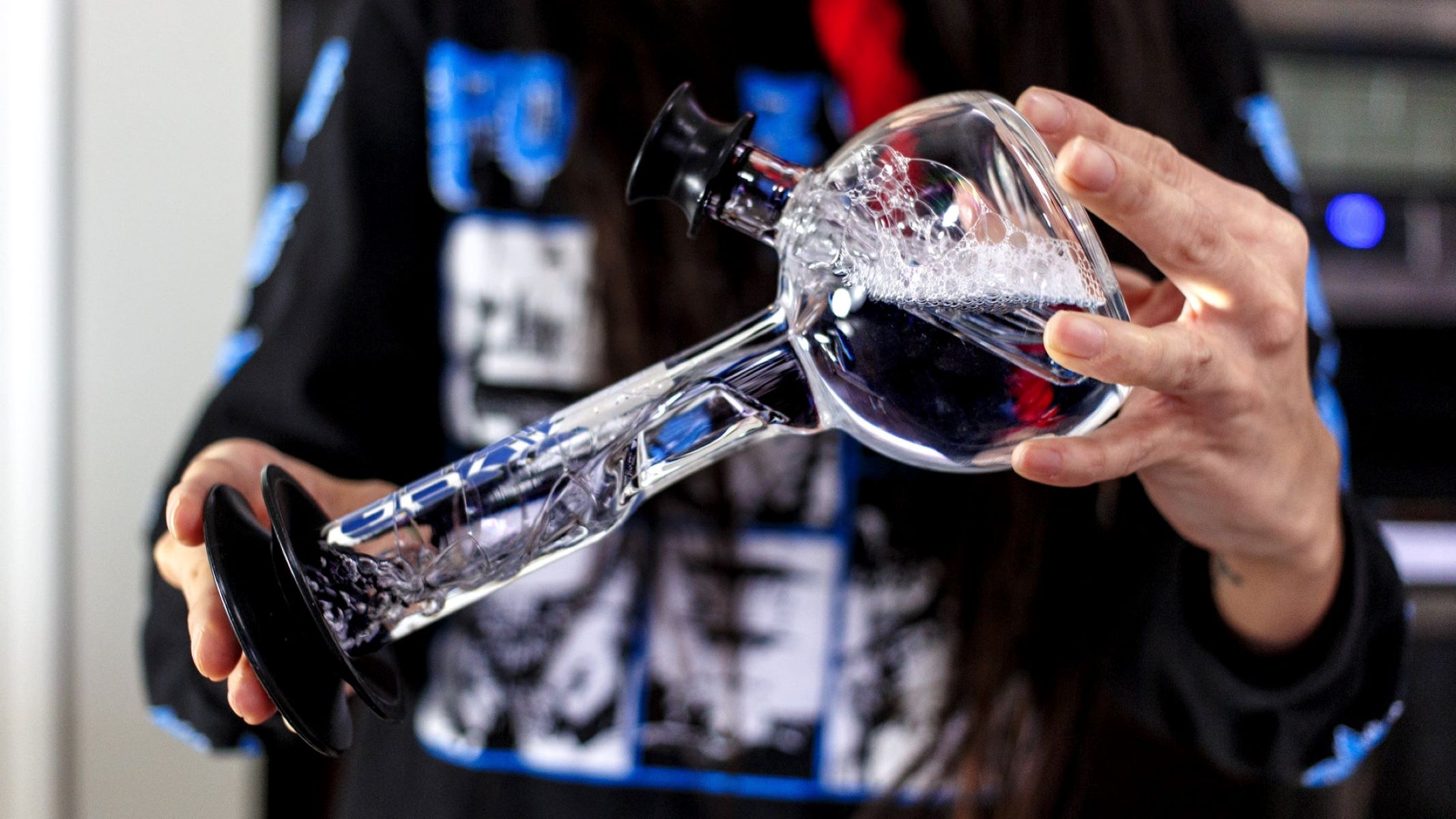
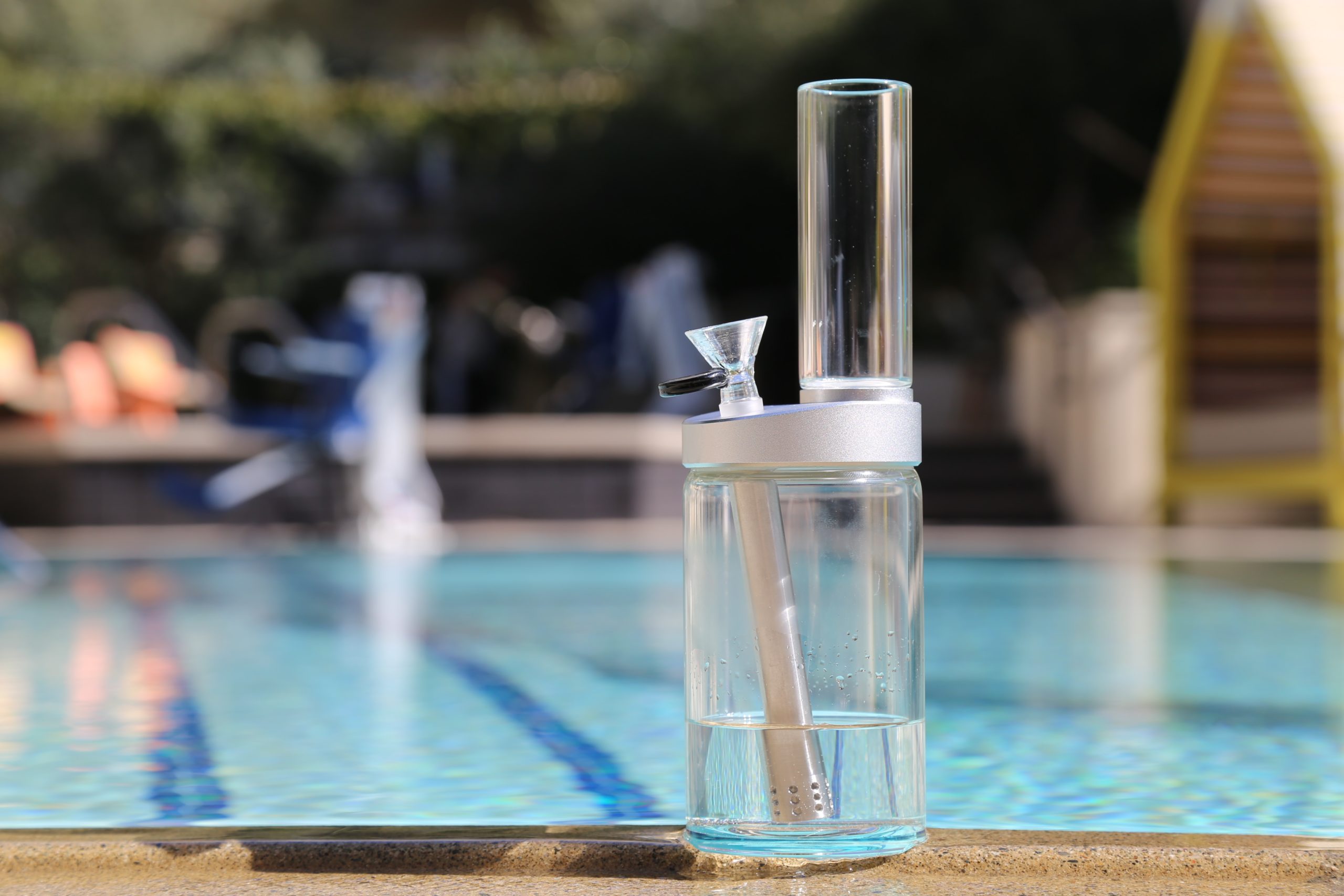
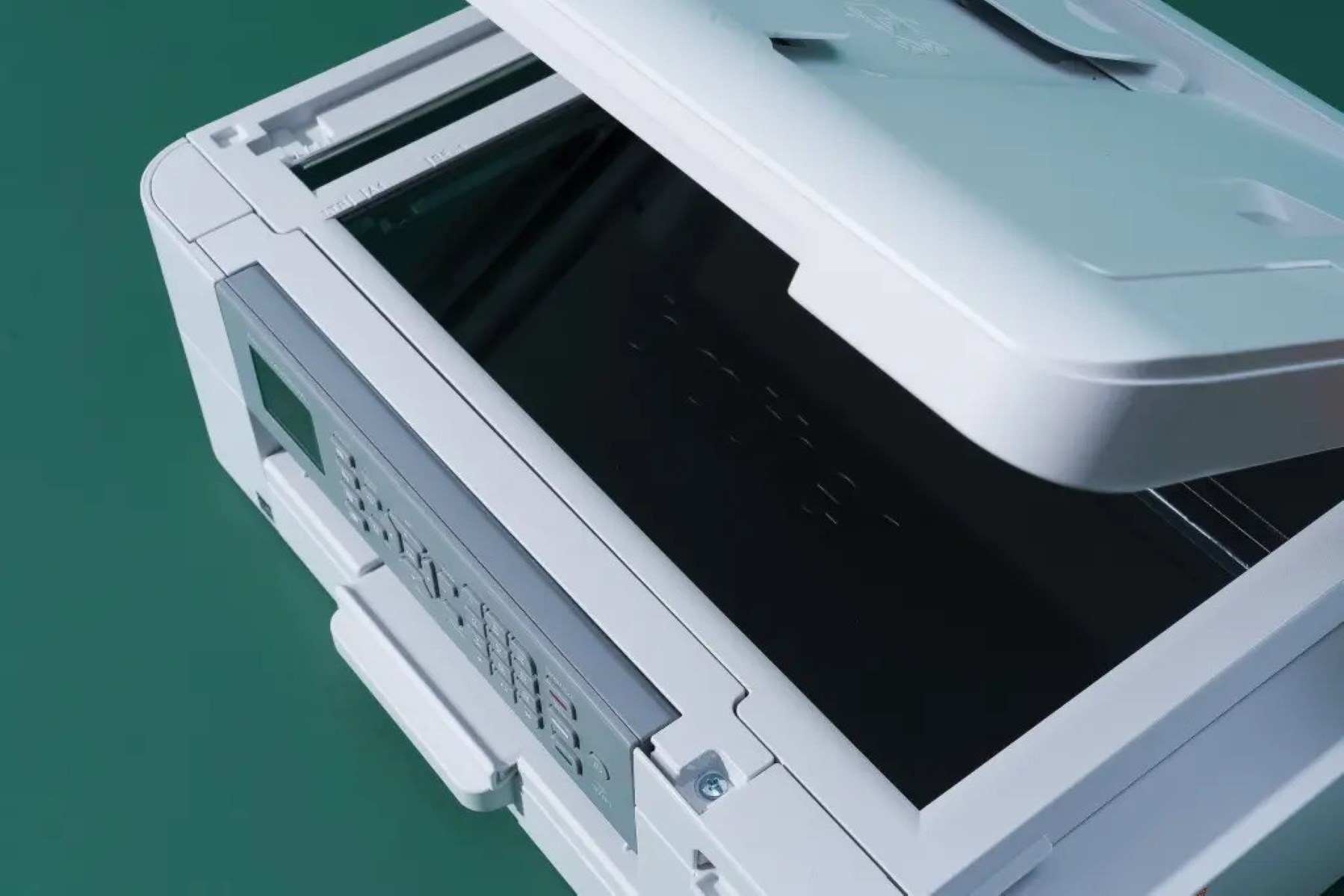

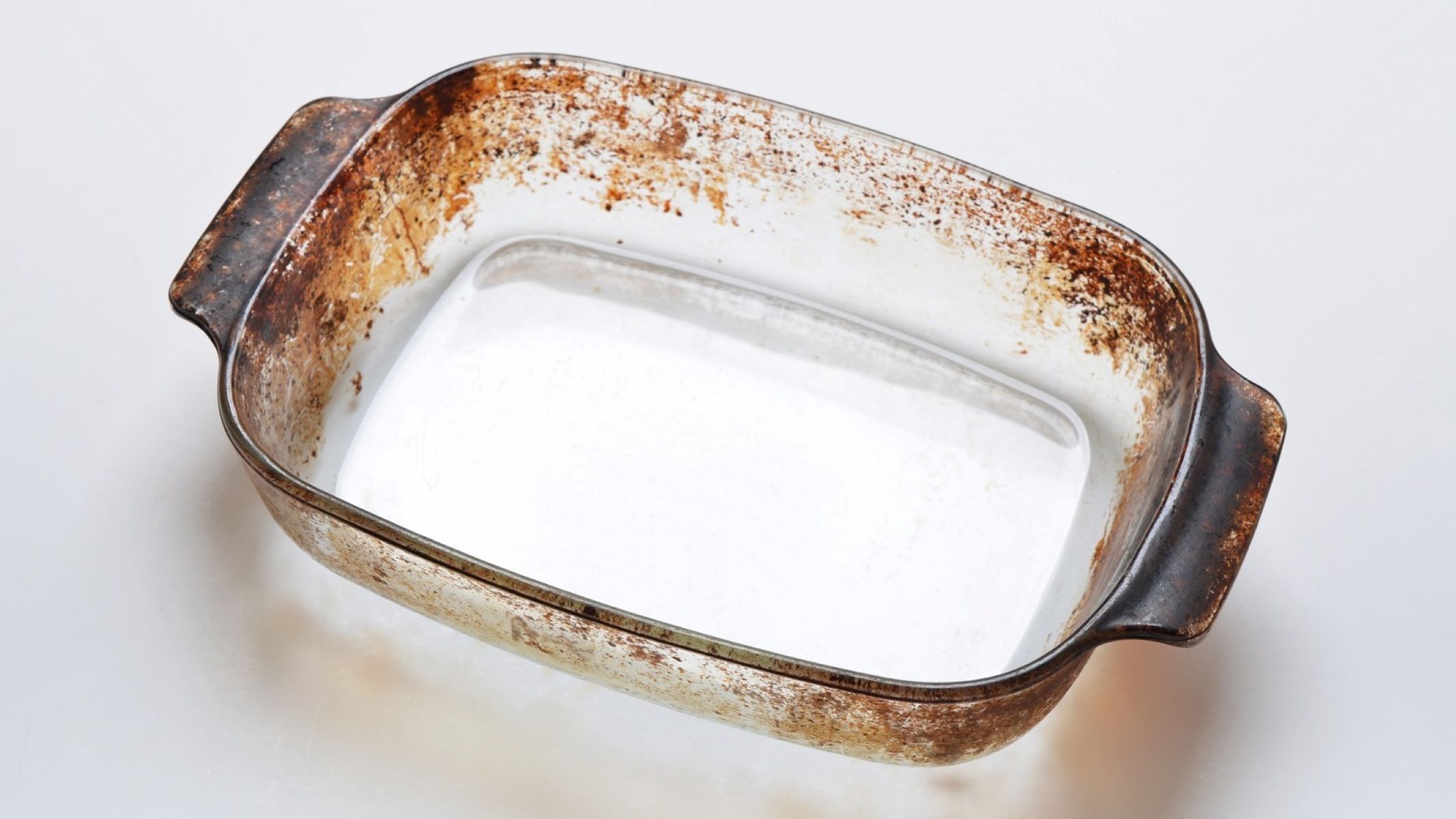
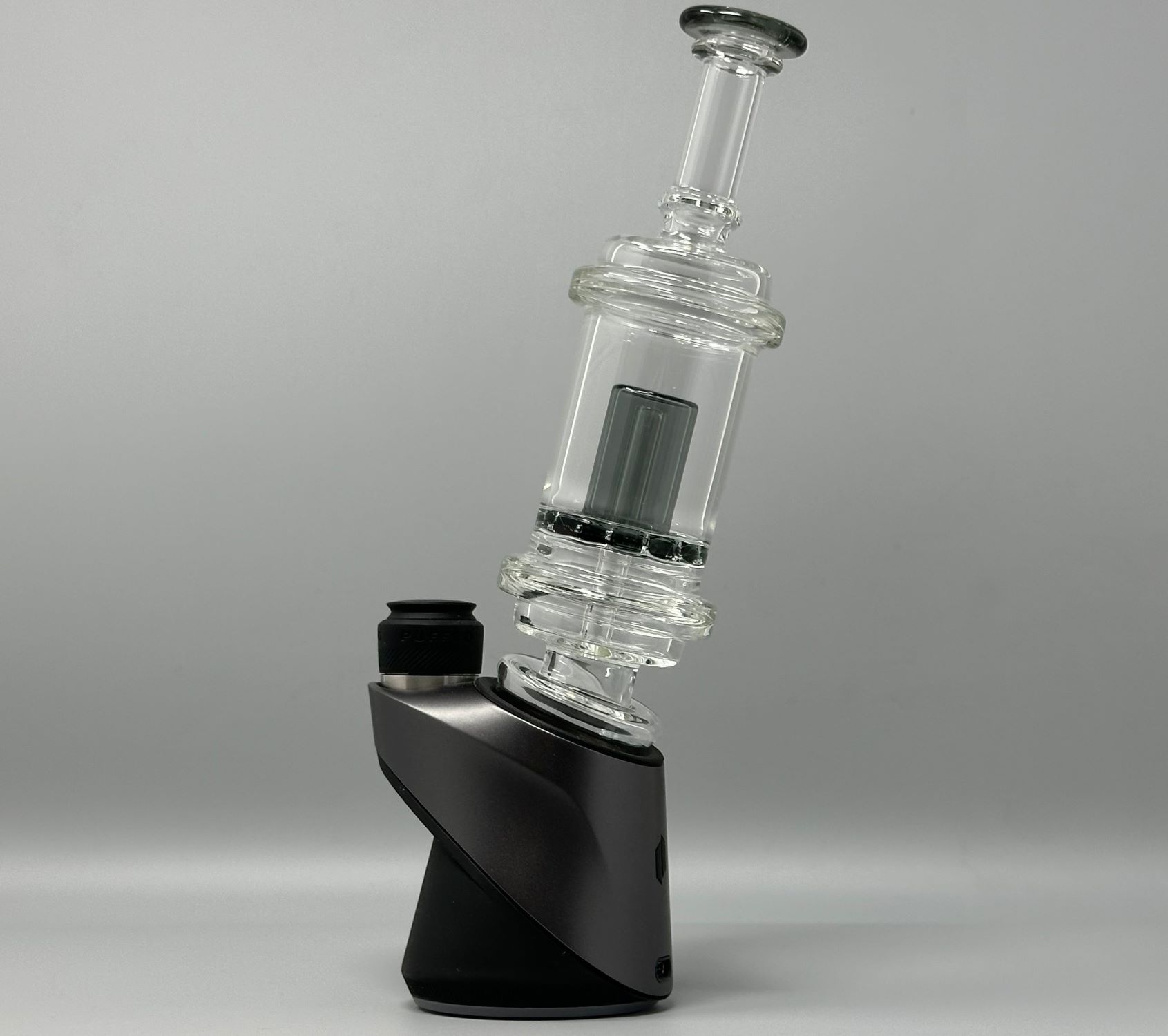
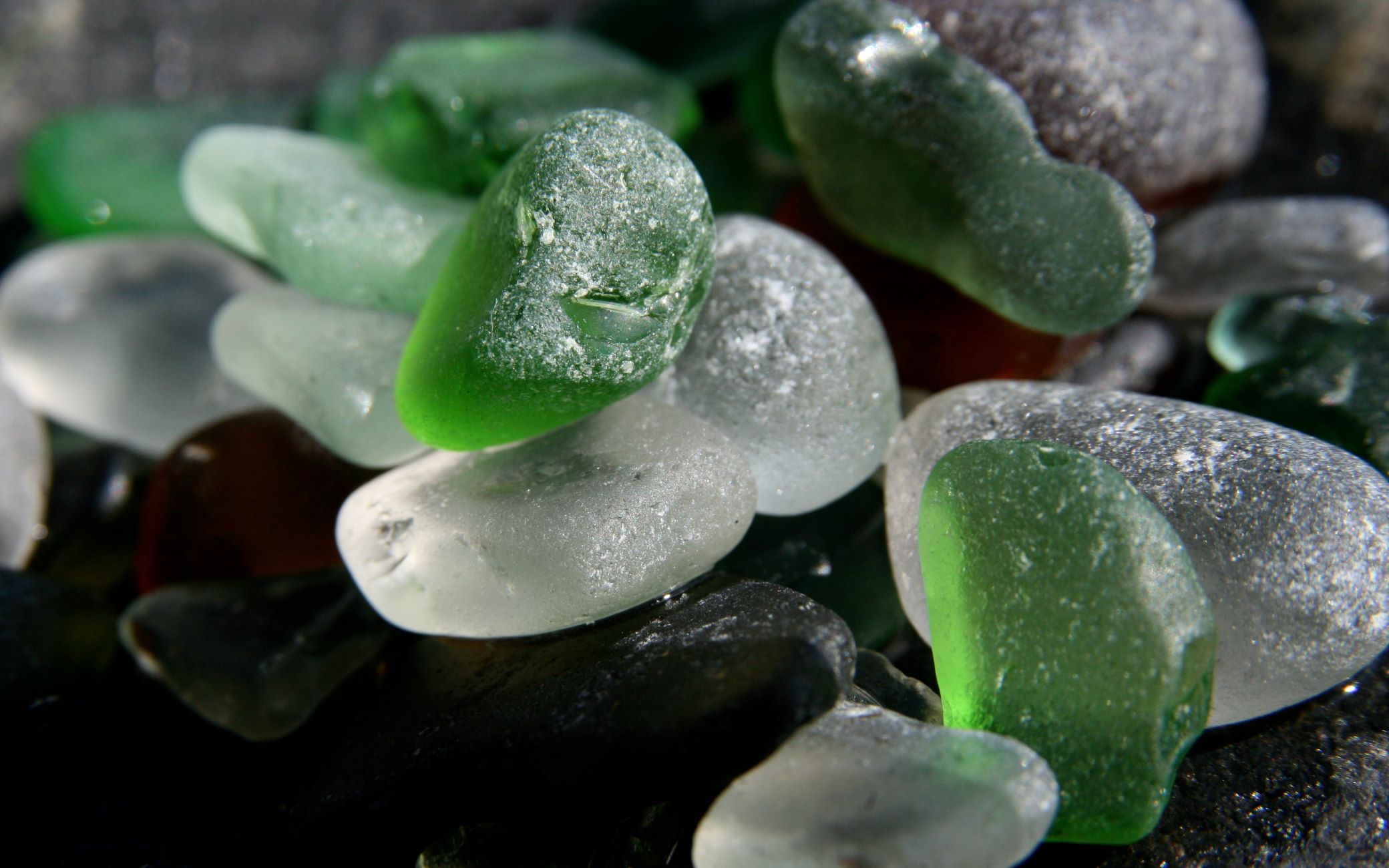
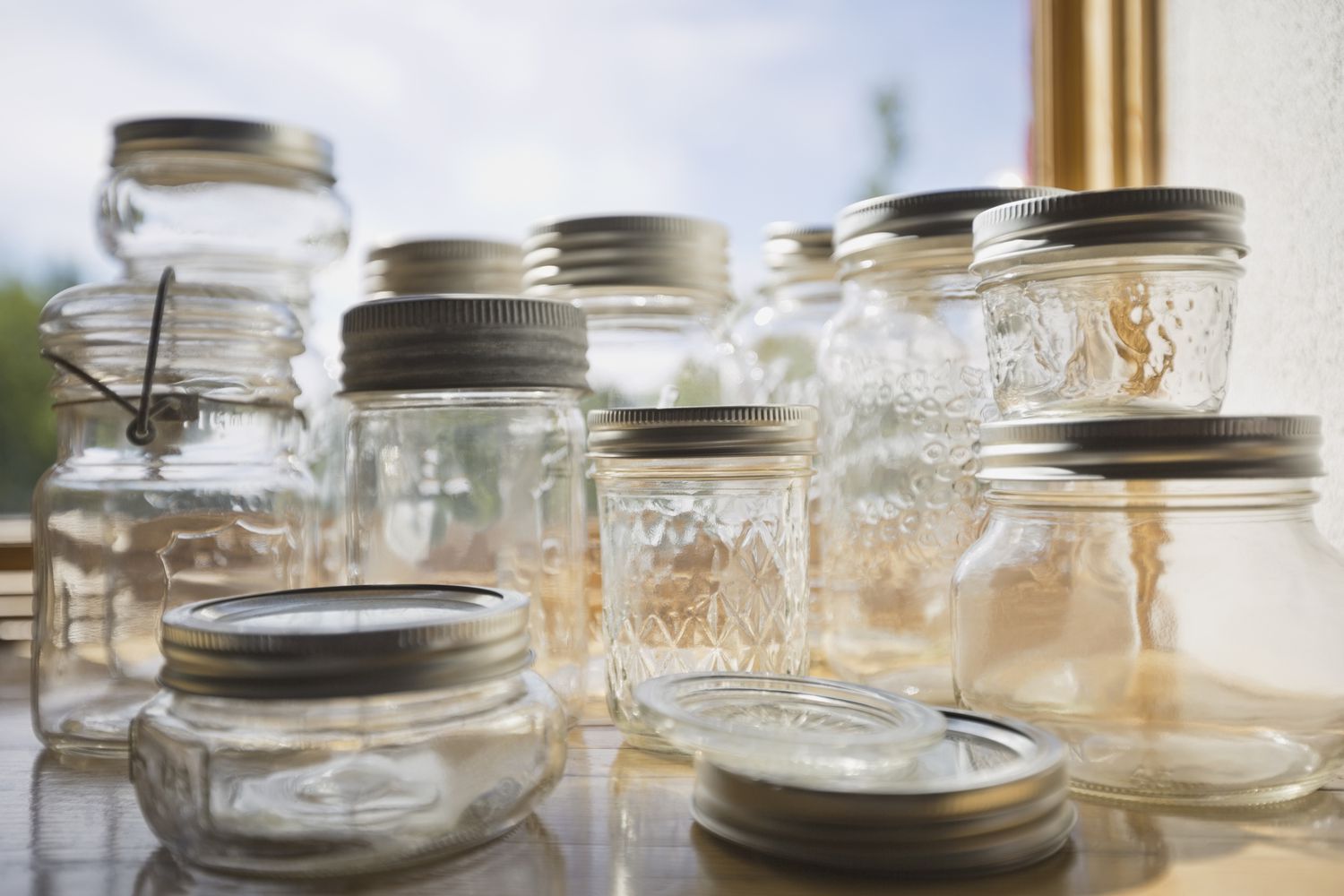
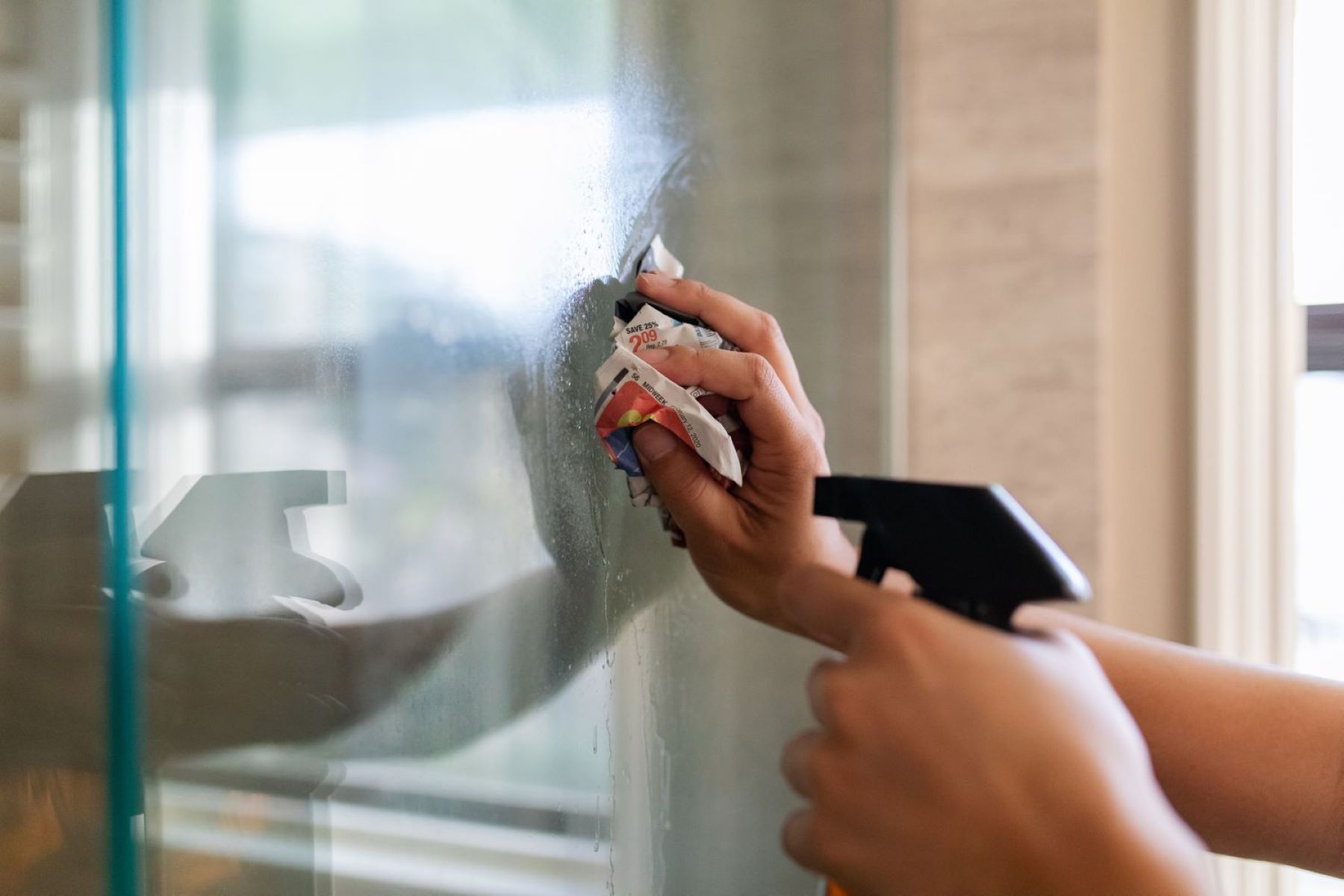
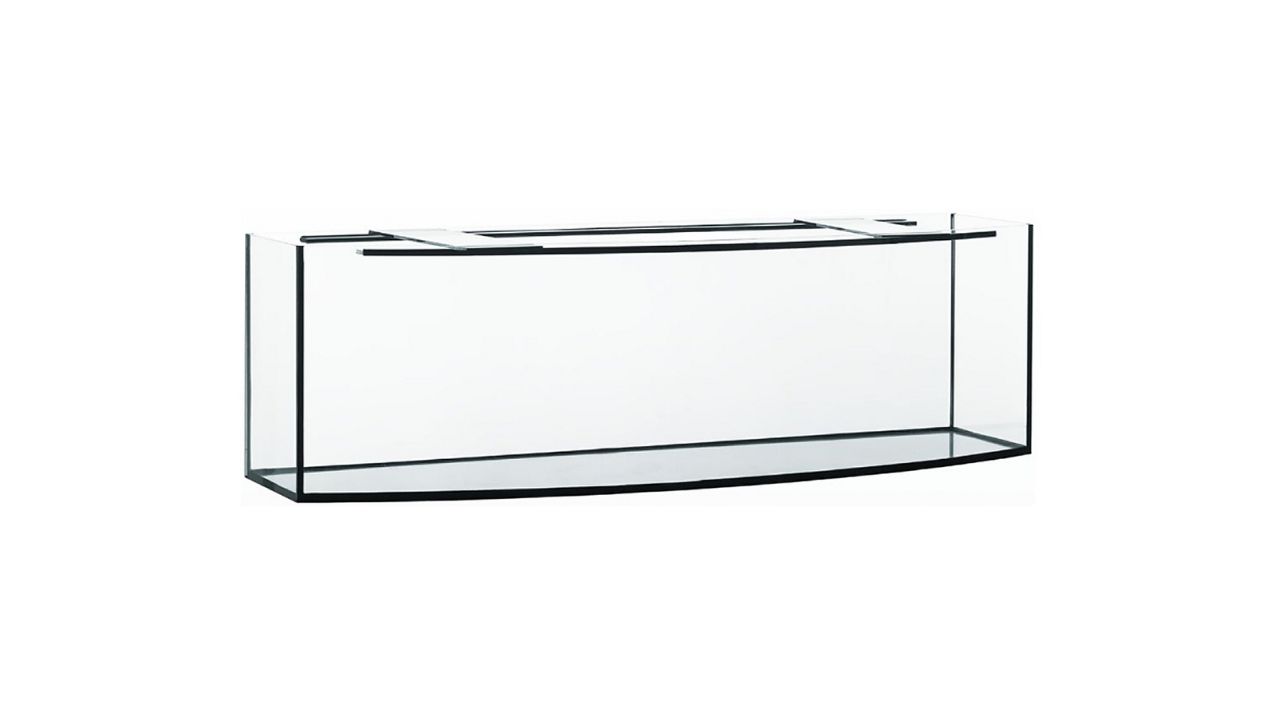
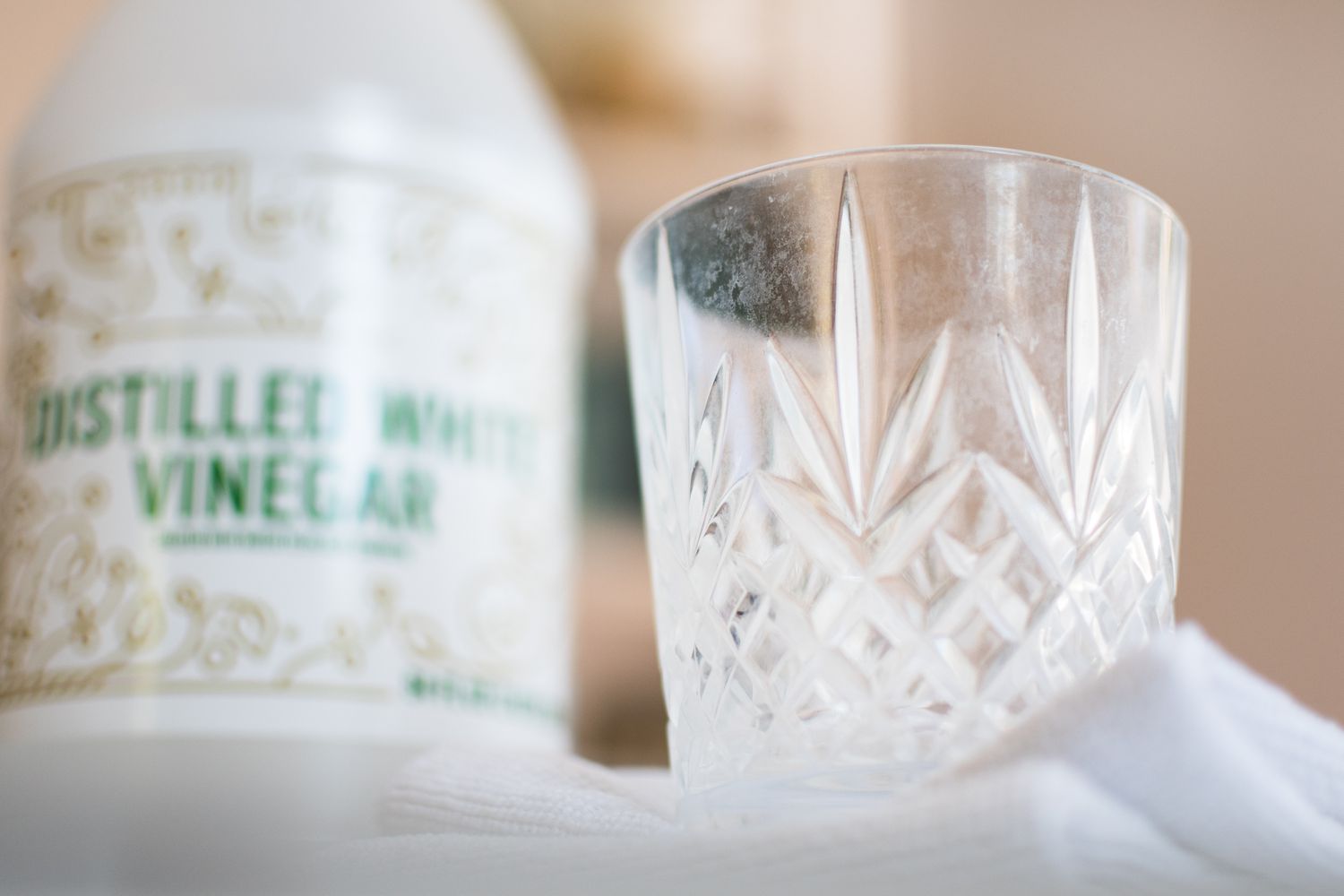

0 thoughts on “How To Clean Glass Stovetop”